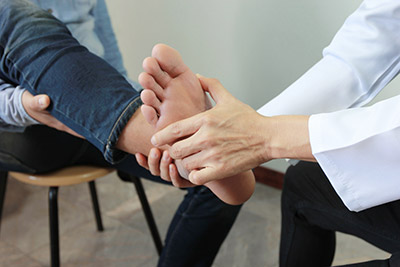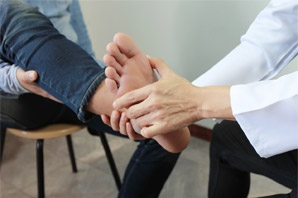
Foot bursitis is the inflammation of one or more fluid-filled sacs called bursae which cushion the joints in your foot and enable smooth joint movement. When the bursa becomes irritated due to a foot injury, your mobility could be severely compromised. Here’s how to treat foot pain due to bursitis.
Signs and symptoms that could indicate foot bursitis include redness or swelling in the foot, stiffness, discomfort, limping, loss of mobility or range of motion, and wearing shoes becomes painful. These symptoms are exacerbated when you exercise or bear weight on the affected foot.
The bursa in your foot may become inflamed or painful due to repetitive movements, conditions like arthritis or gout, pressure from running or exercising on uneven ground, a direct blow to the foot, shoes that are too tight, or foot infections.
Bursitis usually gets better on its own or may be treated by measures such as resting the affected foot, applying ice for 15 to 20 minutes 3 to 4 times a day, and taking anti-inflammatory medications to reduce pain and swelling.
If the foot pain persists, corticosteroid injections can be administered into the bursa to relieve symptoms. This treatment is highly effective. For bursitis caused by infection, your doctor may prescribe antibiotics. Physical therapy exercises that strengthen the foot and ankle muscles may also help relieve bursitis pain.
In the rare cases, where these conservative measures do not relieve painful foot symptoms, your condition should be evaluated by an orthopedic foot and ankle specialist as surgical drainage or removal of the bursa may be required.
Dr. Ho is a foot and ankle orthopedic specialist who places a strong emphasis on customizing his care for each patient to ensure successful outcomes. He provides all treatment options including preventative care, conservative management and operative intervention. Call (630) 323-6116 to book your appointment.



